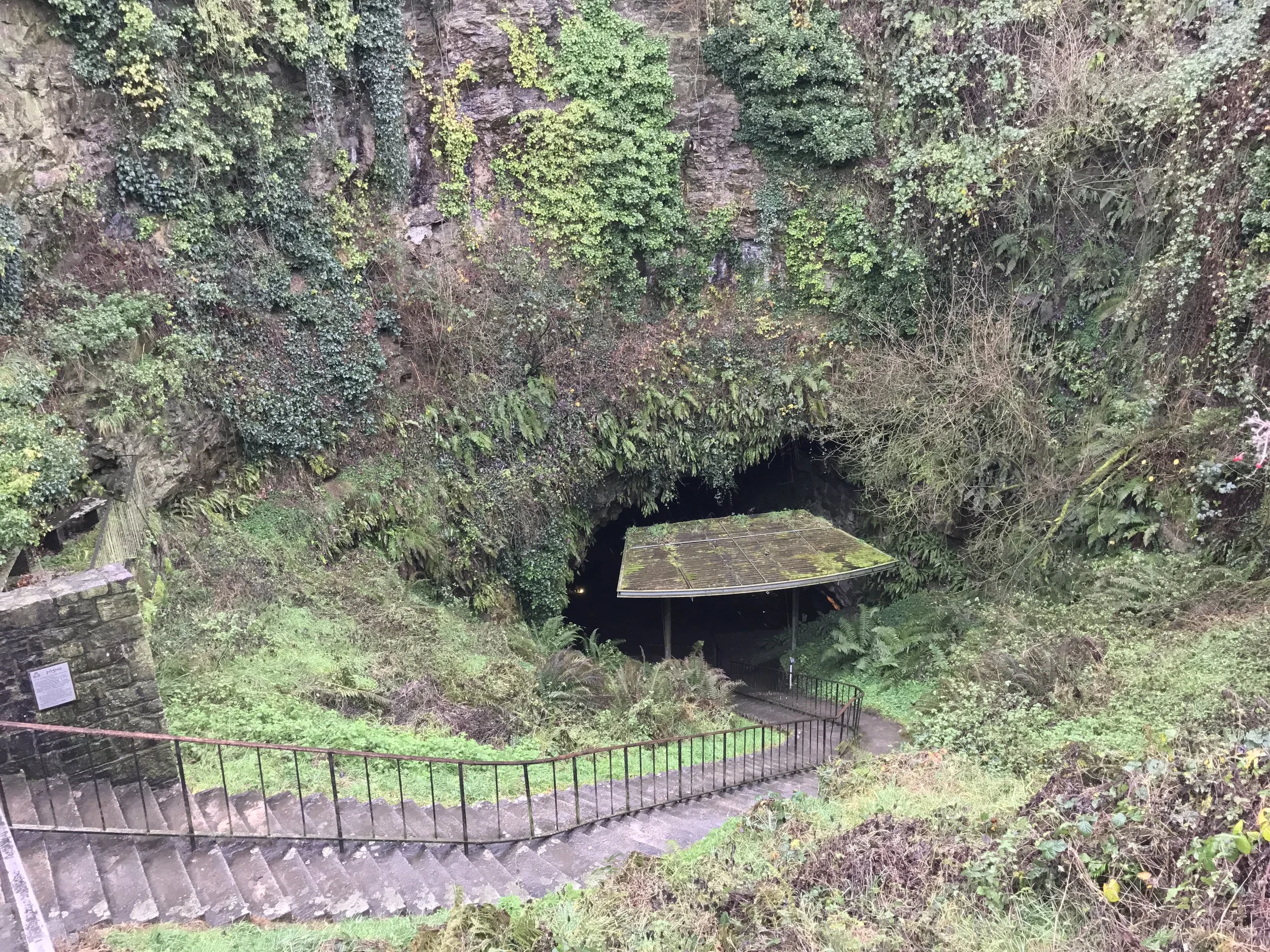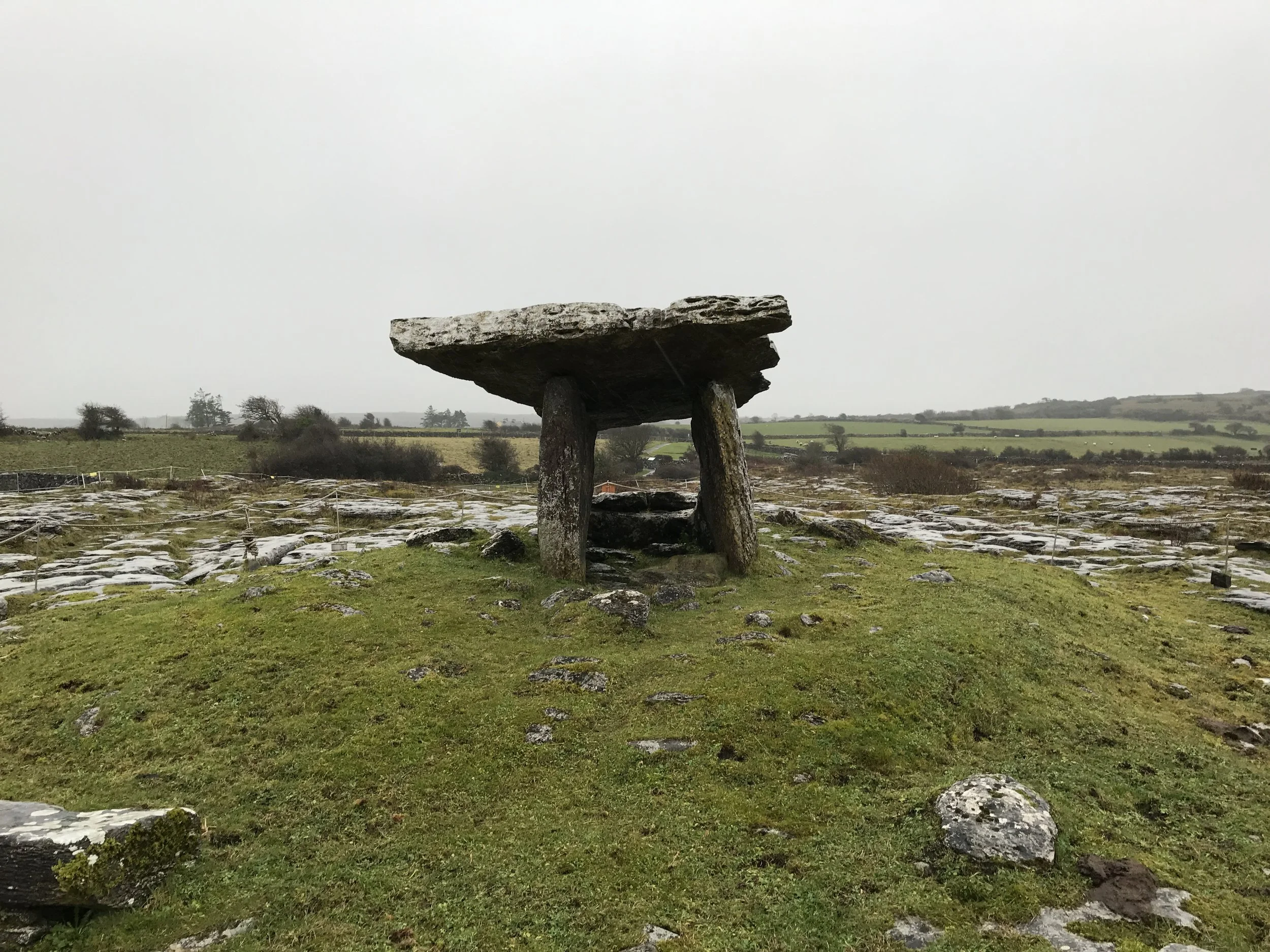One of the most distinctive buildings in the city of Victoria is the Parliament Buildings for the province of British Columbia. For those entering Victoria by ferry or boat, the buildings are an impressive sight along the waterfront. The buildings, which were commissioned in 1893, and completed in 1898 are an excellent example of neo-baroque architecture. While the buildings are still in use today for the British Columbia legislative assembly, tours are available, and the buildings themselves are a popular spot for photo opportunities by tourists visiting the city on a day or multi-day trip. But for those looking for a bit more unconventional photo, and to experience what the power (and discomfort) of government feels like, the grounds of these buildings also feature an interesting curiosity, a sculpted replica of the interior Speaker’s Chair.
Gum Wall
In addition to its iconic destinations, such as the Space Needle, Seattle, and its surrounding suburbs is home to a number of stranger destinations, such as the Fremont Troll, Fremont Lenin, and of course, Bruce Lee’s grave. While all of these spots and many others have a certain amount of quirkiness, there is only one spot in all of Seattle where the quirkiness and the mainstream meets, and that is the Gum Wall at Pike Place Market. In all fairness, even without the Gum Wall, Pike Place Market is a unique spot that has more than a bit of quirkiness on its own. From the fresh produce, to fish being thrown, to all sorts of stores that sell almost anything new and used from all over the world, the market is a spot that represents Seattle in the minds of tourists from around the globe. With this backdrop, perhaps it is unsurprising that the Gum Wall arose one night in the midst of souvenirs, ghost stories, and street performers.
Mahon's Rock
No matter what country one is in, there are always locations that have changed the direction of history. Some of these locations, like Gettysburg and Waterloo are well-known, and well visited. Other locations, like Mahon’s Rock in Ireland, are hardly visited, but are equally important. One of the most important historical figures in Ireland is Brian Boru, who became high king of Ireland in the late 900’s, before being killed at the Battle of Clontarf in 1014. However, what is not well-known is that Brian’s rise was predicated on the killing of his brother, Mathgamain (Mahon), who was, prior to his death, Brian’s leige, and the King of Munster. While Irish medieval history is complex, what is known is that in 976, Mahon was betrayed at a meeting that he thought would be with the Bishop of Cork, and kidnapped. Once kidnapped, he was brought to a remote location - Mushera Mountain - far from his base of power - and killed on the rock that remains to this day. In order to avenge his brother, Brian started a series of campaigns that ended with him ruling Ireland, and occupying his fateful place in history - things that would not have happened without the actions that occurred on a remote mountain on a remote rock.
Dunmore Cave
Unless one is an avid spelunker, one does not think of caves when one thinks of Ireland. However, the island is actually a location with a number of interesting geological features, including a number of caves that can be explored by a casual traveler. Generally, most of the caves in Ireland are known as “Show Caves”, which means they are operated by either a onsite concessionaire, or the government, and access is regulated via guided tours. While there are caves one can explore on one’s own, most notably in the Burren region, these caves are the purview of actual cavers, not casual tourists. Out of all of the caves in Ireland, there is only one cave that was the actual site of a mass murder, and that is Dunmore Cave.
Poulnabrone Portal Tomb
With castles and looming nineteenth century manors, Ireland is well-known for its well-preserved parts of modern history. With much less fanfare, however, Ireland also has a number of well-preserved pieces of ancient history, such as Newgrange, and various portal tombs scattered around the island. While there are over one hundred and seventy portal tombs in Ireland in various states, none is more well-known, visited, and photographed than the Poulnabrone Portal Tomb. Before discussing the many unique features of Poulnabrone, it’s helpful to have a frame of reference as to what “Portal Tombs” or “Dolmens” were. While no one is entirely sure what portal tombs were constructed for, given the length of time that has passed – some five to six thousand years – they are classified as two standing stones standing parallel that are covered by a large top roof stone (known as a “capstone”). And, while no one knows exactly for sure, the “portal” aspect of the tomb was that of a gateway to the “Otherworld” – either keeping it out of our world, or for providing access between realms.
Mulgrave Barracks
If you are lucky enough to rent a car, or have access to a car in Ireland, one of the first things you will realize while driving around is that for the most part, there are not any non-scenic portions of the island. Having said that, there are many scenic drives in Ireland, and out of all of them, the Ring of Kerry is the most well-known, and one of the most beautiful, if not the most beautiful. In case you’ve never heard of it, the Ring of Kerry is a 180 kilometer long (111 mile) loop drive that covers most of the Iveragh Peninsula in County Kerry. In addition to passing through many seaside villages, the loop also passes through portions of Killarney National Park, and also has innumerable scenic views, both in and out of the park.
Glendalough
With a rich Neolithic history, and innumerable medieval ruins, Ireland has a plethora of unique and sacred sites that can be visited, and more importantly, are easily accessible. Out of all of these locations, however, there is only one site that features the well-preserved ruins of a medieval monastic village, and that is Glendalough. Located in a glacial valley, Glendalough (Gleann Dá Loch) literally translates to “Valley of the Two Lakes”. The site was founded by Saint Kevin in the sixth century; and before it was a monastic village it was a location the Saint himself lived had resided in on his own with few of the creature comforts of the time. During that time, according to legends and his writings, Saint Kevin made friends with animals, battled mental demons and knights, and lived a life of austerity in a cave.








